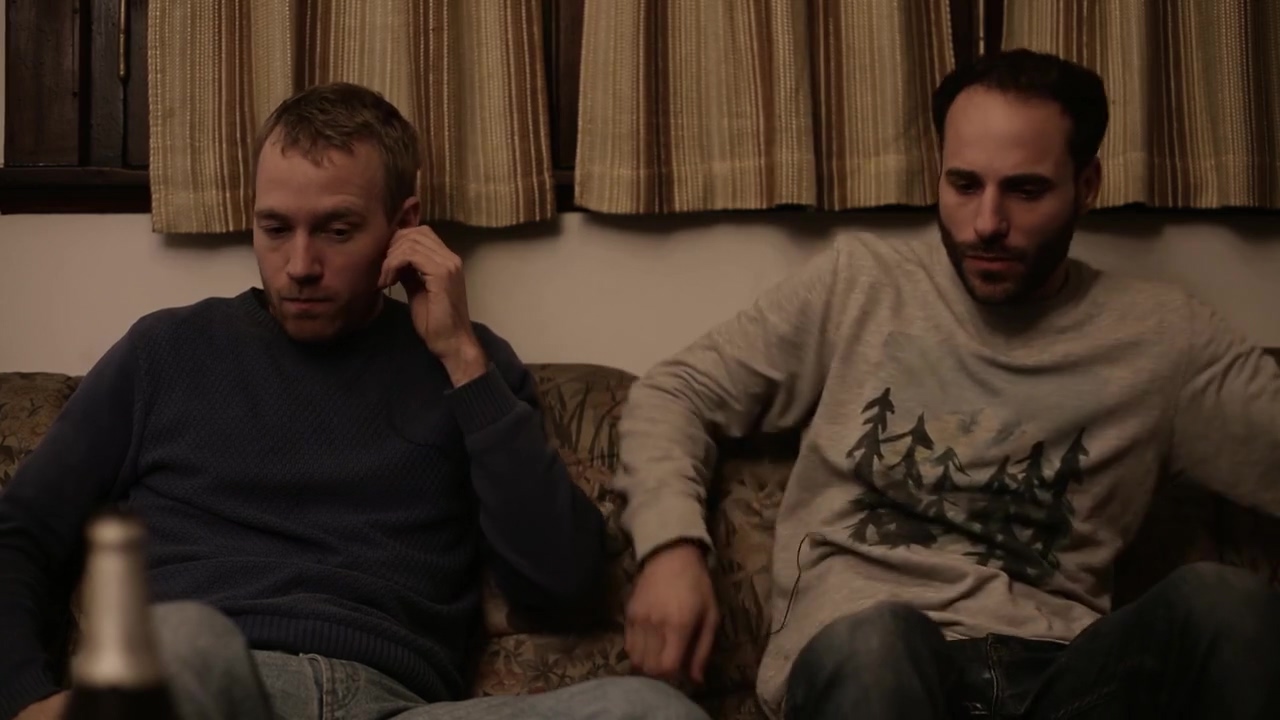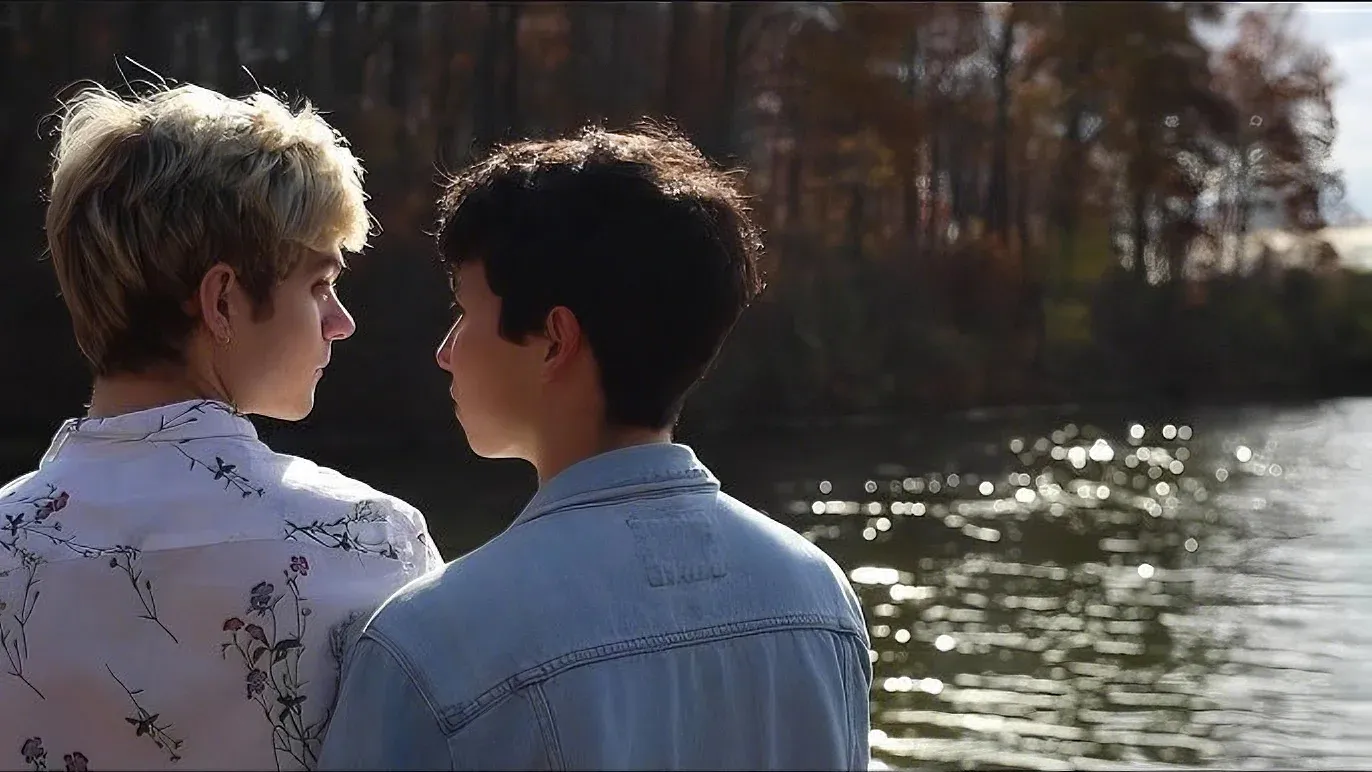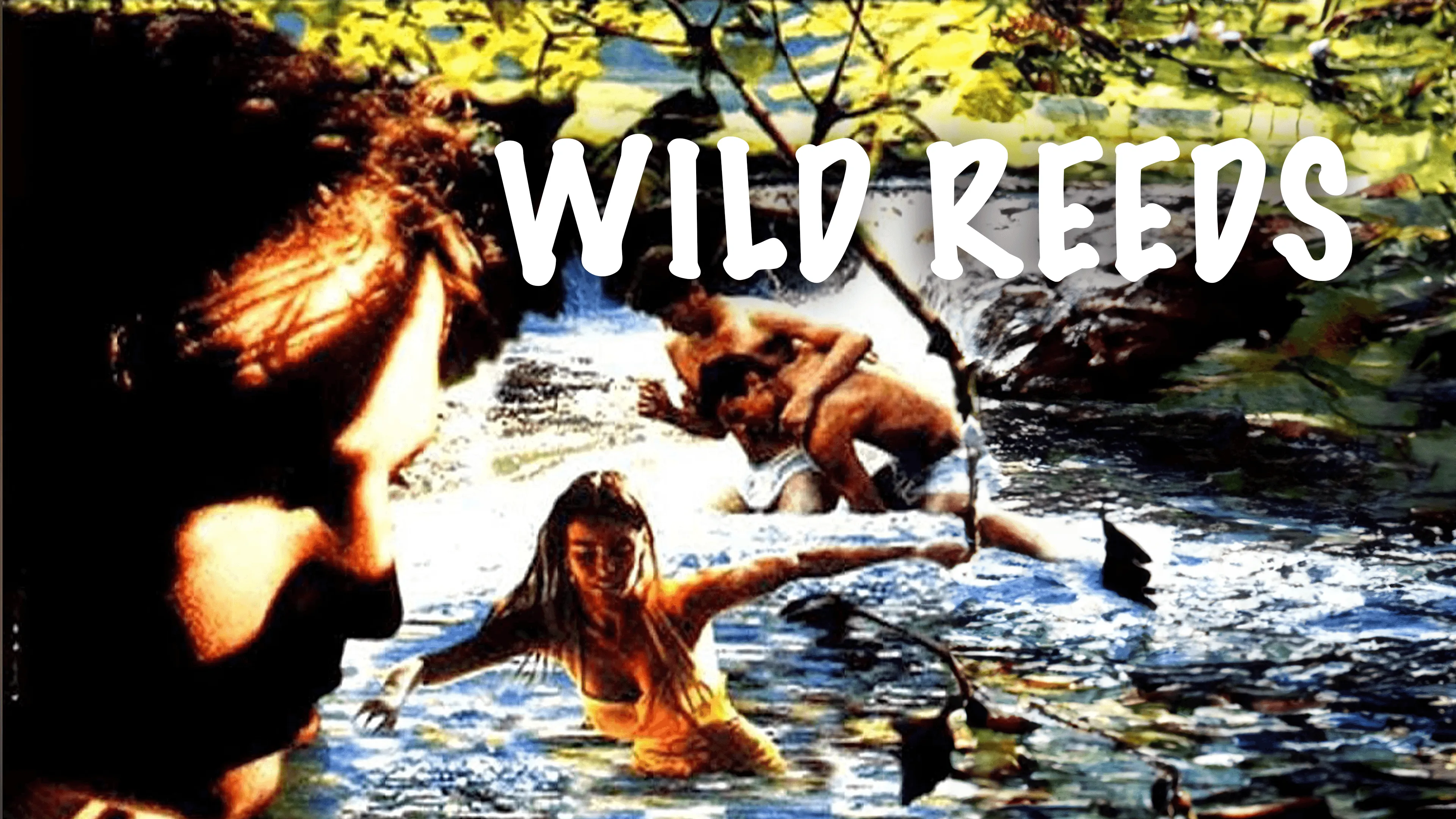👉Full movie at end of the post
The Blonde One (Un rubio) is a 2019 Argentine drama directed by Marco Berger, known for his minimalist style and exploration of queer desire and masculinity. The film takes place in the suburbs of Buenos Aires and centers on Gabriel, a quiet, somewhat shy young man, who moves in with his co-worker Juan after separating from the mother of his child. At first glance, the plot seems simple, but beneath its still surface, the film deals with complex emotional and psychological layers involving identity, desire, and the silent codes of male intimacy.

Gabriel, nicknamed “El Rubio” (The Blonde One), is characterized by his withdrawn, introspective nature. He is a responsible father and seems uncomfortable with expressing emotions. Juan, on the other hand, is extroverted, flirtatious, and enjoys casual encounters with women. When Gabriel moves into Juan’s apartment, the two slowly build a bond that evolves from camaraderie into something more intimate. Juan, despite his heterosexual image, is the one who initiates physical contact, leading to a secretive sexual relationship. The film deliberately avoids dramatic reveals or confessions; instead, it portrays their growing intimacy through everyday interactions, loaded silences, and subtle body language.
A central theme in The Blonde One is the conflict between desire and societal expectations of masculinity. The characters live in a world where male emotional expression is stifled and same-sex attraction is rarely acknowledged openly. Juan’s casual approach to their relationship reflects internalized repression—he can act on his feelings but refuses to label them or allow them emotional weight. Gabriel, in contrast, desires emotional closeness and struggles with the ambiguity of Juan’s behavior. Their relationship becomes a metaphor for the emotional limitations placed on men, especially in cultures that prize machismo.

Marco Berger’s directorial style is slow, quiet, and intensely observational. He often frames characters in symmetrical, static shots and uses long silences, minimal dialogue, and the rhythm of daily life to build tension. His use of space—showing shared bedrooms, narrow hallways, and glances across small rooms—amplifies the intimacy and discomfort between the characters. The film is charged with erotic tension, yet avoids explicit exposition, making the viewer feel the characters’ emotional confusion. This restraint gives the film emotional authenticity and makes the audience read between the lines.

The film’s ending is subtle and unresolved, staying true to its realistic tone. Without clear closure, viewers are left to reflect on what the relationship meant to each character. Gabriel, heartbroken, seems ready to move on, while Juan remains ambiguous, perhaps regretting the emotional wall he maintained. The Blonde One ultimately becomes a story about unspoken love, emotional fear, and the cost of living within the boundaries of social norms. It invites the audience to consider how silence, fear, and identity shape human relationships—especially those that defy conventional expectations.
The Blonde One is not just a queer love story—it is a film about loneliness, vulnerability, and the unacknowledged emotional lives of men. Through its restrained style and psychological depth, it portrays the quiet pain of relationships that are never fully allowed to bloom. The film’s strength lies in what is not said, creating a powerful emotional impact through minimalism and suggestion rather than overt drama




